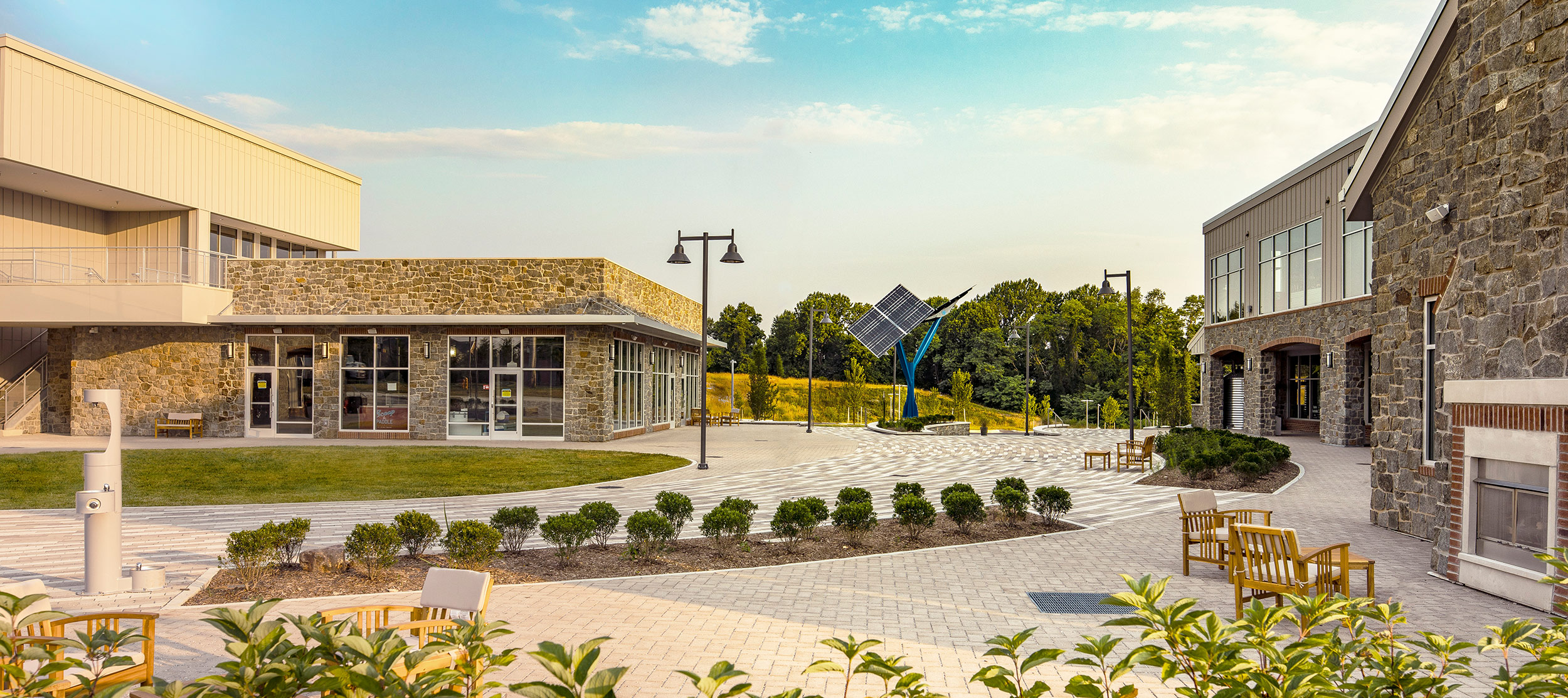A BUILT-IN COMMITMENT TO ENVIRONMENTAL SUSTAINABILITY
Clarksville Commons celebrates environmental sustainability in ways the community can see and appreciate – from solar power and a green roof to water collection and reuse. Our shops, restaurants and offices are also committed to adhering to our exacting guidelines for recycling, energy and water use. Scroll through some of our sustainability features.


